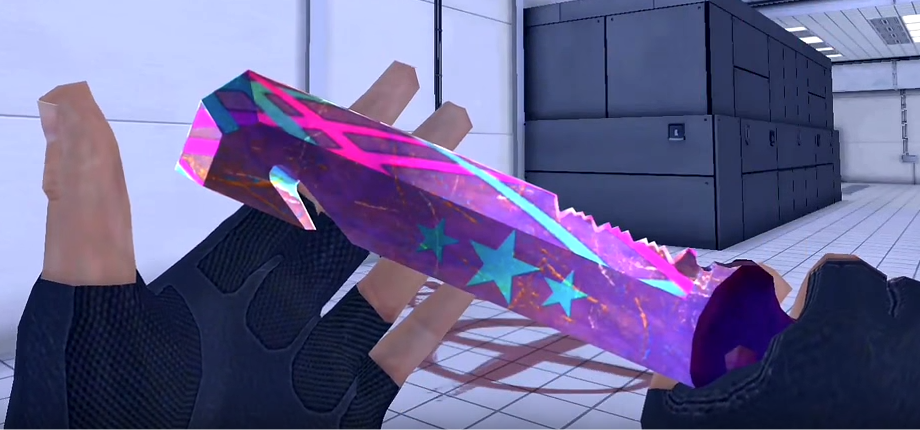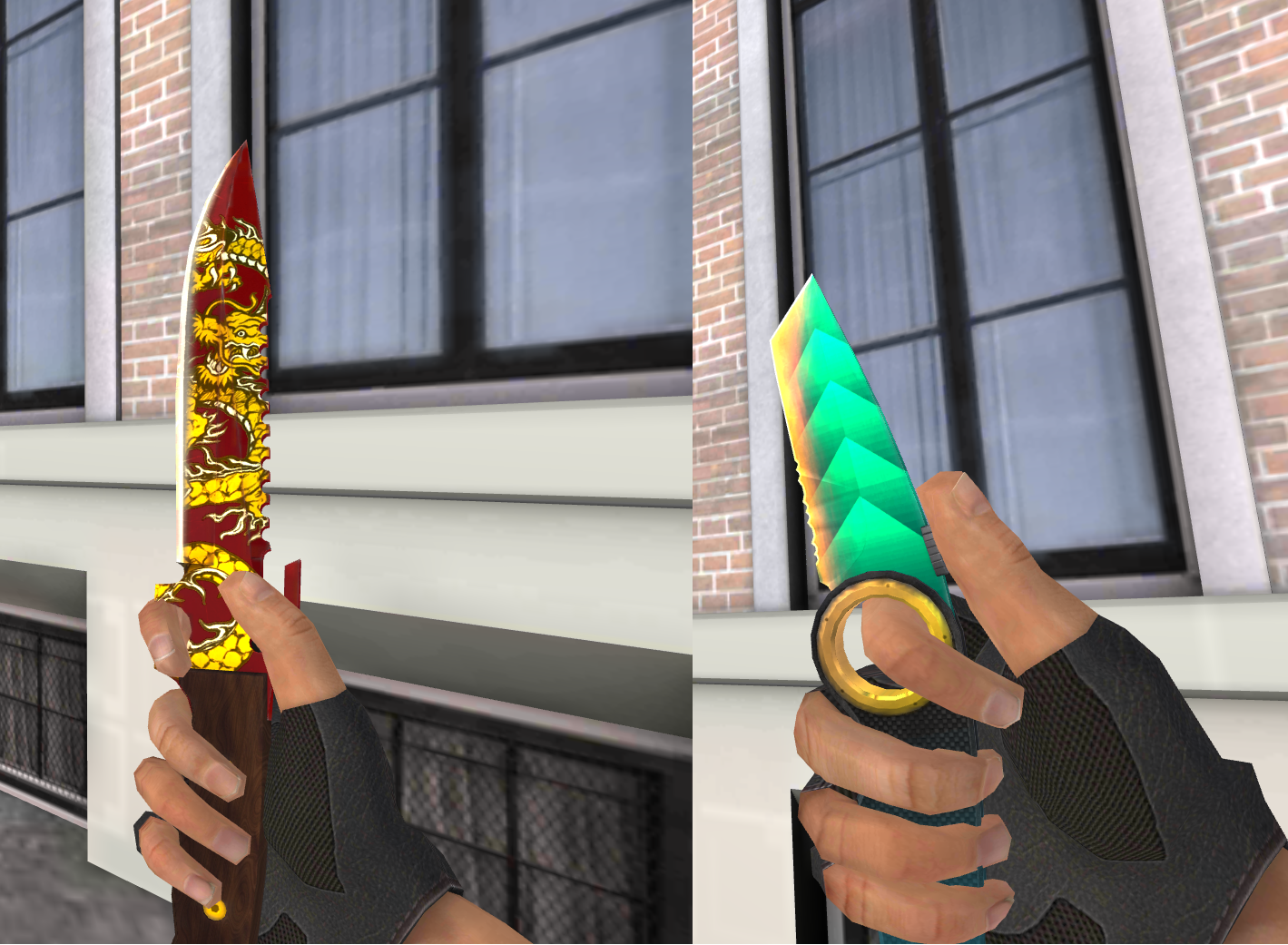2017-10-10
Creation of Critical Ops skins — Two knife skins never seen before!
The new patch finally made it to the game not too long ago and with it we got the long awaited anti-cheat update. But to the surprise of many, two new knife skins were sneaked into the update and there’s more to come!
We decided to interview Sami (or more commonly known as Fat Wizard), a junior artist at Critical Force and the creator of these new knife skins, to gain some insight on the skin making process. On top of making skins, this talented artist also creates other textures, concept art, promo material and even some 3D assets.
WHAT ARE SOME OF YOUR CREATIONS SEEN IN CRITICAL OPS?
The first touch I had on the live version of the game was the Halloween hats in 2016 when I wanted to learn using some new software. Although probably the most prominently visible thing I’ve done is a lot of the weapon skins. While not all of them are created by myself, I am often involved in the process when we are introducing new ones. In addition there’s textures, some 3D models and user interface graphics that I’ve created for the game. Of course, some secret future stuff is in the works, but I can not say more about that. Keep your eye out for it.
The new set of knives are all made by me, right down from getting ideas to the actual final versions that you’ll see in game. Of course they went through some changes during the creative process based on feedback given by peers as well.
Tactool skin Grandeur
HOW THE PROCESS OF CREATING NEW SKINS STARTS?
The first element is the idea. There’s always multiple things to consider, since a lot of ideas will not work on certain weapons. At the start I do some quick idea sketches or look at old sketchesbefore starting the actual production process.
Sometimes ideas for skins come up automatically from the shape or history of a weapon or what ever subjects have been inspiring me lately, while some weapons are really tricky to get ideas for.
Generally I listen to different music and browse photos and illustrations of different themes to spark some inspiration before doing sketches or photomanipulation. These images I will use as a guideline when actually creating the skin.
WHAT ARE THE DECIDING FACTORS FOR A SKIN TO MAKE IT INTO THE GAME?
The first and foremost factor is simple: Is the skin cool? Highly dependant on tier as well, but generally that is the first thing to look at. If we think a skin isn’t good looking, chances are it’s simply removed from our list of possible additions.
The next important factors are very technical, but I’ll try to keep that short:
We have our own skin creation system to avoid taking too much disk space with texture files. It’s very different from working with regular texture editing software. I create and use separate textures that are placed onto the weapon by our system and make sure our shaders make the right stuff pop out and reflect light in desired ways. When I work, I need to think about creating textures that may be reused later and if I can already use existing textures for what I am trying to achieve. The skin needs to be simple enough so it won’t affect performance, and it needs to look good on pretty much all devices and quality settings. Quite a few skins have been scrapped and in some cases modified later on because they don’t meet one or more of the criteria.
Work in progress of the yet to come knife skins also created by Fat Wizard
WHAT IS YOUR FAVORITE SKIN IN THE GAME AND WHY?
There’s a few I really like. My absolute favorite is probably Inked for the XD .45 because I really enjoy the style. Not to mention it is by far the most unique looking skin in game. I also really like the Tigris for Tactool and Oni for the HK. Generally the skins with unique illustrations are my favorites.
I made none of those, but if I were to choose my personal favorite from ones I’ve created, I’d say Ivory (MR96 and FP6). These were created around the time when we created our new weapon shaders and editor features, so it was really fun playing around with the new settings and see what our new tools were capable of.

